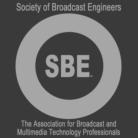Stellar Still Image Scanning
We provide any scanning option, through to the highest quality archival-grade scanning of any still image format from dedicated slide and roll film scanners, commercial photographic flatbeds for large format positive and negative images and high speed/high resolution photo paper scanning. All of our scanning devices offer quality output formats and yield resolutions that insure your images will still look great for many years to come, as the bar continues to rise for higher pixel density and resolution displays past 4K.Quality counts.
You would be surprised at how many consumer-oriented image conversion services use low-quality scan methods that cannot be used for any other purpose than to view on a standard computer monitor or high definition TV display. Common digital TV and display pixel densities range from 72 to 130 pixels per inch (PPI). The minimum resolution for printing is 240 PPI, while an original slide resolution is the digital equivalent of over 4,000 PPI. Most scanning companies loose much of the original information and the image is good for ONLY watching on current displays, but it is not archived properly. The proper method is to scan images with professional-level dedicated scanning devices to a resolution and format that is appropriate for future needs and technology. This also allows for much better color/exposure correction, image restoration capability and better quality when converting to future formats.It's not just resolution that's important.
When talking image scanning, most conversion companies and end-users compare by resolution. Resolution only determines the final image size. The true quality of the image is also determined by bit depth (the amount of color information in each pixel), density level (dynamic range or highlight/shadow detail that the scanner is capable of capturing) and the quality of the lens system used in the scanner. There is a large difference in capability between consumer-level and professional scanners. Combining real-time image processing with slight adjustments after the scan offers a significant improvement to dirty, scratched or faded images, without significant labor hours/project costs for image scanning. The proof is in the picture.Quality image conversion begins with a quality monitor.
Simply put, you can't capture and adjust/correct images properly if you can't see what you're doing. Image color grading and exposure adjustment work requires a very high-quality monitor. Most monitors only cover a portion of the color spectrum and cannot differentiate between subtle details. Our latest generation still-image monitor is self-calibrating, covers 98% of Adobe RGB colorspace and has both the resolution and contrast ratio's only found in monitors made for high-end still image work.Color Management, the key to tying it all together.
Even with the best scanners and monitors available, image quality suffers without following proper calibration and color management practices. Surprisingly enough, these practices are rarely used, even by professional services. Simply put, color management involves calibrating all equipment used in the imaging/output process, with a set of image adjustment directions that are applied to each step. This insures that images converted to digital format, match as closely to the original image as possible.Capability.
At MTS, we have the capability to convert just about any image format: slides, photos, film strips, negative strips, and monochrome/color positive or negative transparencies up to 8"X10". We also offer different "tier" services depending on both client specifications and end-user needs. We archive images from all types of clients; from the average consumer to images from some of the best in-house photographers Kodak ever had. We also offer custom photo retouching and restoration services.
Copyright © 2025 Media Transfer Service, LLC. All rights Reserved
Proud Corporate Members of:
Media Transfer Service, LLC
317 Main Street
Eyer Building - 3rd floor
East Rochester, NY 14445
(585) 248-4908
(by appointment only)
info@mediatransferservice.com

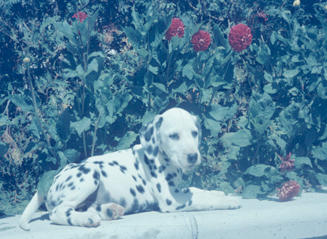
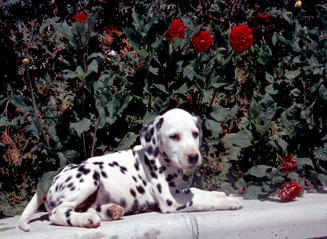
Faded 35mm Dynachrome slide, before and after processing
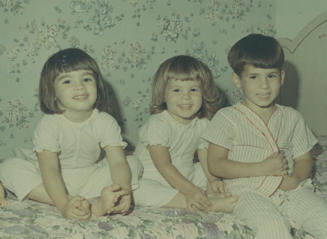
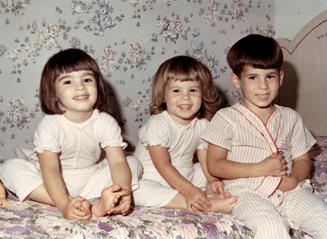
Faded photo print, before and after processing
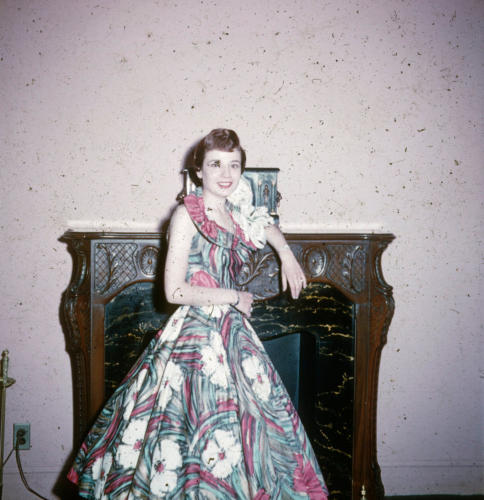
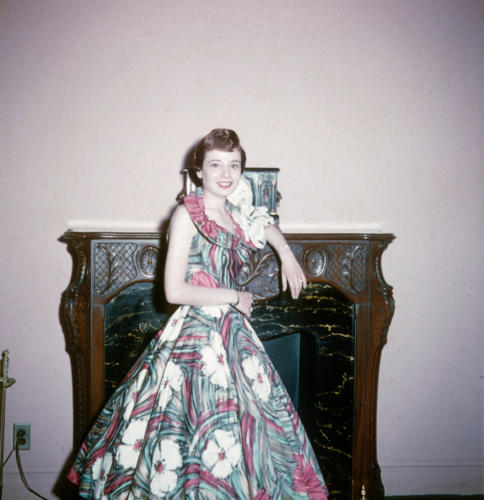
A wonderful example of our professional ICE dust and dirt remover
image processing, on a slide badly damaged with mildew and dirt
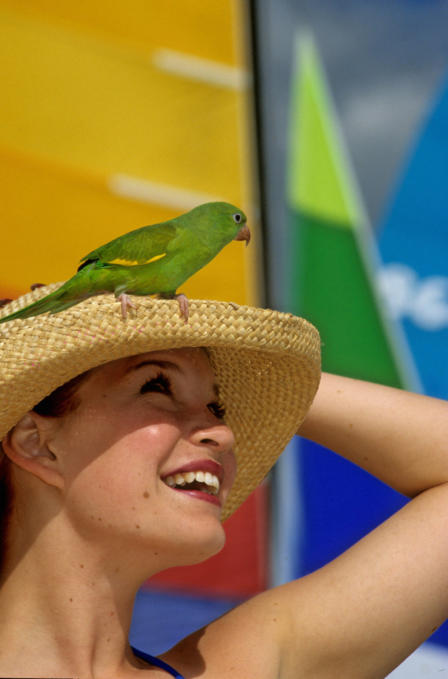
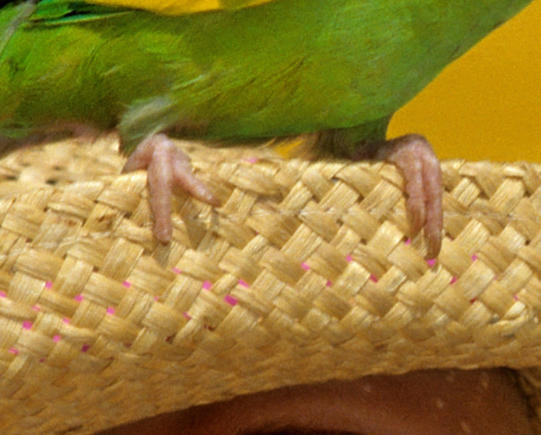
Scanning at high resolution maintains all
of the picture information. Here we have
a 35mm slide blown up to show the film
grain, long before we see the actual pixels
that make up the digital image.


Copyright © 2025 Media Transfer Service, LLC. All rights Reserved


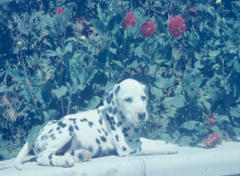
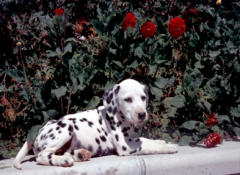
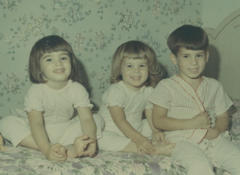
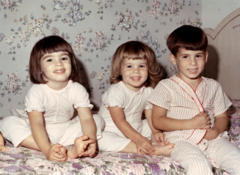

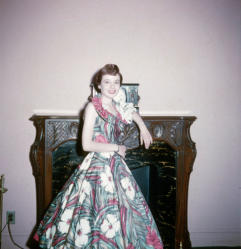

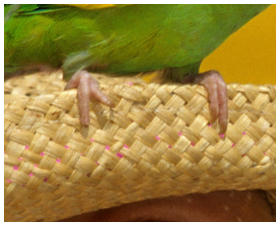
Stellar Still Image Scanning
We provide any scanning option, through to the highest quality archival-grade scanning of any still image format from dedicated slide and roll film scanners, commercial photographic flatbeds for large format positive and negative images and high speed/high resolution photo paper scanning. All of our scanning devices offer quality output formats and yield resolutions that insure your images will still look great for many years to come, as the bar continues to rise for higher pixel density and resolution displays past 4K.Quality counts.
You would be surprised at how many consumer- oriented image conversion services use low-quality scan methods that cannot be used for any other purpose than to view on a standard computer monitor or high definition TV display. Common digital TV and display pixel densities range from 72 to 130 pixels per inch (PPI). The minimum resolution for printing is 240 PPI, while an original slide resolution is the digital equivalent of over 4,000 PPI. Most scanning companies loose much of the original information and the image is good for ONLY watching on current displays, but it is not archived properly. The proper method is to scan images with professional-level dedicated scanning devices to a resolution and format that is appropriate for future needs and technology. This also allows for much better color/exposure correction, image restoration capability and better quality when converting to future formats.Scanning
at
high
resolution
maintains
all
of
the
picture
information.
Here
we
have
a
35mm
slide
blown
up
to
show
the
film
grain,
long
before
we
see
the actual pixels that make up the digital image.
It's not just resolution that's important.
When talking image scanning, most conversion companies and end-users compare by resolution. Resolution only determines the final image size. The true quality of the image is also determined by bit depth (the amount of color information in each pixel), density level (dynamic range or highlight/shadow detail that the scanner is capable of capturing) and the quality of the lens system used in the scanner. There is a large difference in capability between consumer-level and professional scanners. Combining real-time image processing with slight adjustments after the scan offers a significant improvement to dirty, scratched or faded images, without significant labor hours/project costs for image scanning. The proof is in the picture.Quality image conversion begins
with a quality monitor.
Simply put, you can't capture and adjust/correct images properly if you can't see what you're doing. Image color grading and exposure adjustment work requires a very high-quality monitor. Most monitors only cover a portion of the color spectrum and cannot differentiate between subtle details. Our latest generation still-image monitor is self- calibrating, covers 98% of Adobe RGB colorspace and has both the resolution and contrast ratio's only found in monitors made for high-end still image work.Color Management, the key to tying
it all together.
Even with the best scanners and monitors available, image quality suffers without following proper calibration and color management practices. Surprisingly enough, these practices are rarely used, even by professional services. Simply put, color management involves calibrating all equipment used in the imaging/output process, with a set of image adjustment directions that are applied to each step. This insures that images converted to digital format, match as closely to the original image as possible.Capability.
At MTS, we have the capability to convert just about any image format: slides, photos, film strips, negative strips, and monochrome/color positive or negative transparencies up to 8"X10". We also offer different "tier" services depending on both client specifications and end-user needs. We archive images from all types of clients; from the average consumer to images from some of the best in- house photographers Kodak ever had. We also offer custom photo retouching and restoration services.
Faded 35mm Dynachrome slide, before and after processing
Faded photo print, before and after processing
A wonderful example of our professional ICE dust
and dirt remover image processing, on a slide
badly damaged with mildew and dirt
Proud Corporate Members of:
Media Transfer Service, LLC
317 Main Street
Eyer Building - 3rd floor
East Rochester, NY 14445
(585) 248-4908
(by appointment only)
info@mediatransferservice.com



